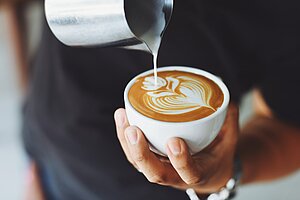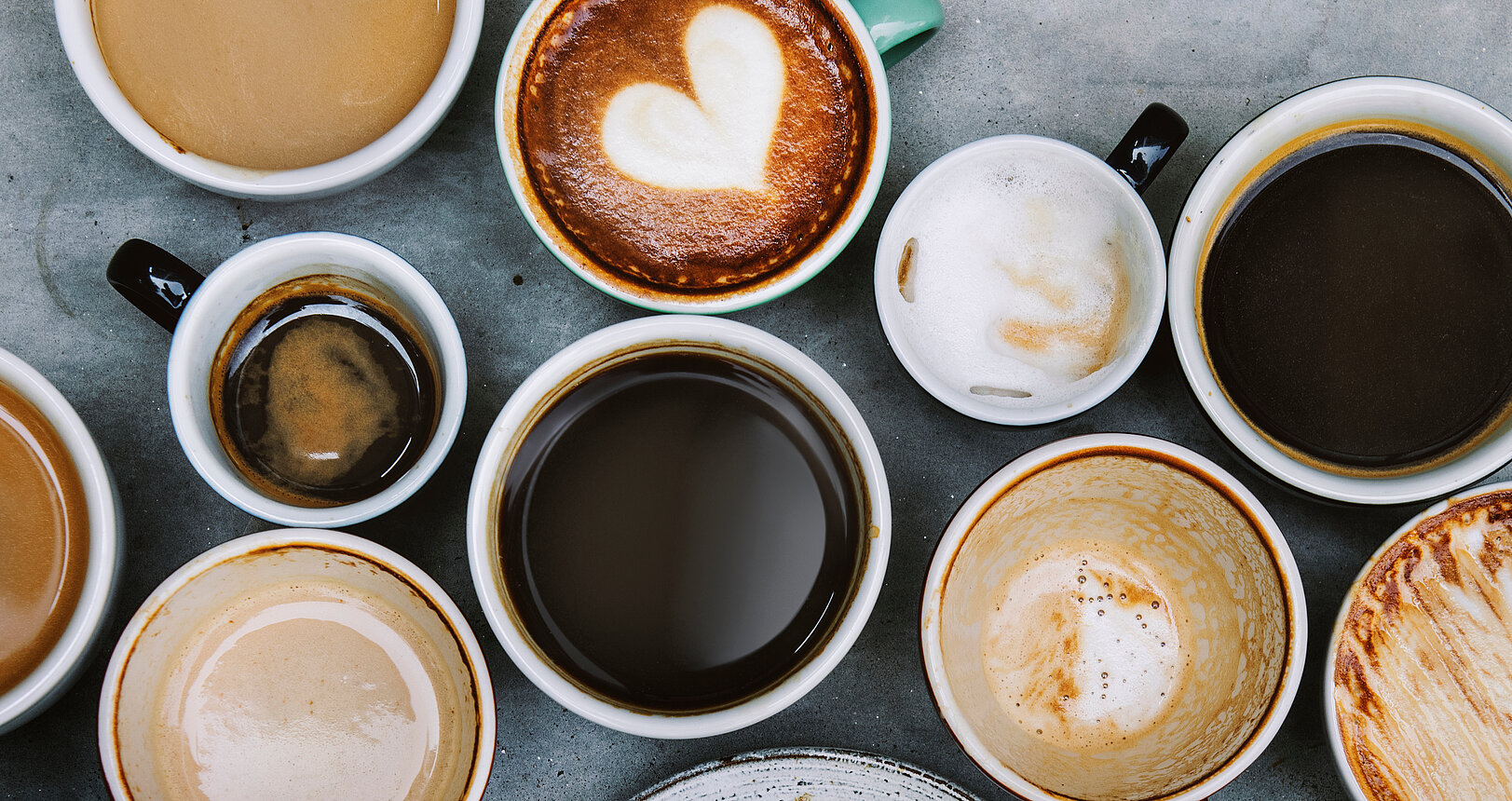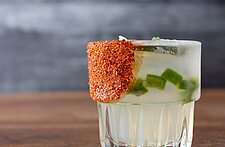 While the most consumed beverage worldwide is water, coffee nabs the top spot as the most popular drink in the U.S., beating out tea, soda, lemonade, and alcoholic beverages like beer, wine, and cocktails.
While the most consumed beverage worldwide is water, coffee nabs the top spot as the most popular drink in the U.S., beating out tea, soda, lemonade, and alcoholic beverages like beer, wine, and cocktails.
However, a morning cup of coffee is about more than just consuming caffeine. For many devoted drinkers, it’s a comforting ritual that helps start the day right.
Some like it hot, while others prefer cold coffee. With so many different beans, roasts, brews, and preparations, consumers have almost endless options for customization. This is great news for manufacturers, retailers, and restaurateurs, who can jump on new trends to offer novel flavors and styles. Where are evolving coffee trends heading?
What’s New in Iced Coffee?
Iced blended drinks aren’t likely to go the way of the dodo any time soon, but people who like their coffee cold may be open to new experiences. Cold brew continues to pick up steam, so to speak, in U.S. and European markets, where coffee chains and small cafés alike are featuring cold brew options.
Estimated at just over $650 million in 2022, this segment is predicted to see 23.74% CAGR by 2032.
Cold foam is another novelty addition that’s grabbed the attention of coffee aficionados of late. Considering that the heatless aeration method creates a cool, silky foam that’s perfect for cold coffee beverages, it’s no surprise it has gained popularity alongside cold brew.
Subscribe to In-sight to receive articles and reports directly to your inbox, CLICK HERE!
 Specialty Coffees
Specialty Coffees
Specialty coffees seem to be showing up lately, driving trends in both at-home and hospitality sectors.
The rise of the remote workforce has resulted in increased interest in home-brewed coffee, with an estimated 30% of remote workers purchasing a new coffee machine — including espresso machines, cold brewers, and French presses — since 2020.
In both retail and hospitality sectors, specialty coffees are at the heart of creating a unique and positive consumer experience. On the home front, this could equate to specialized equipment and products like flavored syrups.
For coffee shops, it means breaking the corporate mold and branching out into new beverages and flavor profiles. Case in point, Starbucks just added an Iced Lavender Oatmilk Latte to the menu, hitting all the highlights of current coffee trends with a cold beverage featuring plant-based milk and a novelty flavor.
A unique experience might also include interesting flavor combinations, such as the Starbucks Iced Lavender Cream Oatmilk Matcha, featuring lavender foam. It’s not technically coffee, but it feeds into the desire for unique experiences that seem to drive young consumer purchases.
Opinions on these drinks may be divided, but they’re spurring conversations and drawing customers.
Related: How’ve You Bean? Current Commercial Coffee Trends
Better Beans: Sustainable and Health-Conscious Options
The call for sustainability spans a range of consumer industries, and coffee is no exception. Consumers clamoring for sustainable products and practices are interested in visibility, tracing coffee origins to ensure fair trade practices, and eco-friendly cultivation, such as shade-grown coffee.
One major focus has been coffee pods. These single-use plastics may be convenient, but they make eco-conscious consumers feel guilty. An appealing solution has presented itself in the form of compostable coffee pods from companies like Spirit Bear and San Francisco Bay Coffee Company that work with many K-Cup-style machines.
Riding the Wave of Coffee Consumption Trends
From iced coffee and specialty beverages to at-home roasting and brewing, coffee trends are constantly evolving.
Manufacturers, retailers, and coffee shops that want to appeal to the vast consumer market for this popular beverage must stay abreast of trends, including emerging flavor profiles, a balance of novel experiences and convenience, and the increasing demand for fair and sustainable products and practices.
Have questions about our trends and insights? Get in touch with our team at Symrise today, Contact us here!






